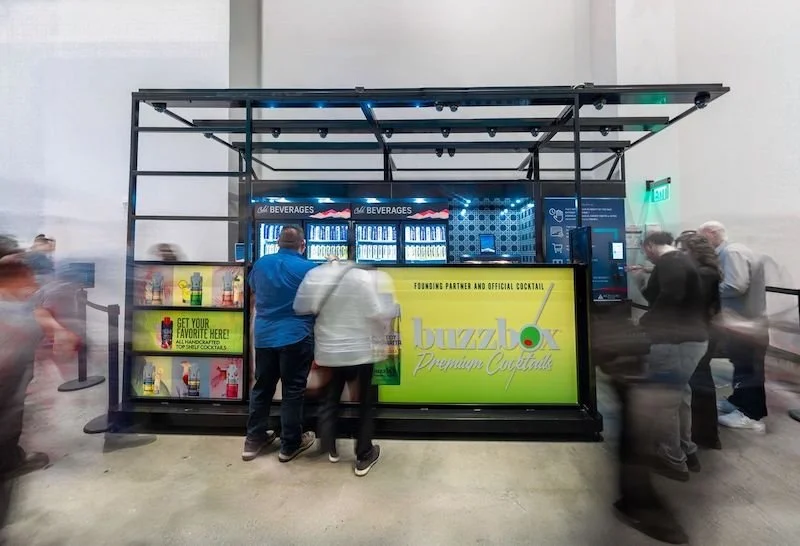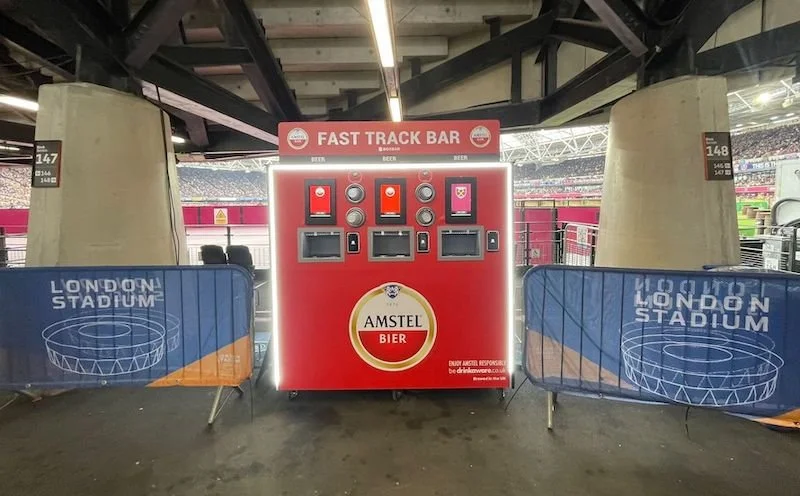How the metaverse is shaking up the retail landscape in Australia
Australian consumers have a reputation for being first movers, with a tendency to be ready and willing to give new things a try. We have seen it with crypto, we’ve seen it with contactless payments and now, we seem set to see it with the metaverse.
BigCommerce surveyed 4,222 consumers from around the world, including 527 from Australia, to get a picture of their willingness to explore metaverse shopping from everything from household goods to virtual tokens for online games and casino betting.
What is metaverse shopping?
Shopping in the metaverse takes the concept of online shopping as we know it today to the next level.
We can liken today’s online shopping experience to a paperless version of the old mail order catalogues that were so popular in the latter decades of the 20th century. You can look at images of clothes or electronic goods or homewares, read reviews and product specifications, place your order, then wait for it to arrive by mail or courier.
Shopping in the metaverse, on the other hand, attempts to replicate a retail experience in the virtual world, not just a product catalogue. Don’t just look at someone else wearing that dress, try it on in a virtual 3D dressing room. Then head over to the car dealership and have an exhilarating test drive in the latest car simulator.
Online casinos are a proven example
You might think it sounds fanciful, but one sector has already taken significant steps towards the metaverse. Perhaps unsurprisingly, it is a sector close to Australian hearts. Online casinos have been steadily increasing in popularity over the past decade.
There are numerous platforms, especially for Australia’s pokies-obsessed consumers and you can find more casino reviews at australiainternetpokies.com. While these casino platforms can easily compete with land-based competition in terms of the choice of casino games, the generosity of promos and so on, they have always fallen short when it comes to delivering on atmosphere and experience.
After all, playing at an online casino via your laptop or smartphone could never be as much fun as visiting a real one, could it? Or could it? There are now more than a dozen metaverse casinos, including well-established names like Chateau Satoshi and Tominoya Casino, both of which have a Japanese theme, and the more Western styled Lucky Block.
These are built on blockchain networks, so are fully contained within the metaverse. That is to say your digital avatar plays digital games using digital money, and there is none of the hassle of transferring funds from your real world bank account to and from your casino account.
Most Australians are ready for the metaverse
In its survey, BigCommerce found that 46% of consumers overall would consider giving metaverse shopping a try. However, the differences from one nationality to another were significant. More than half of the Australians polled were in favor of shopping in the metaverse, compared with only one in three French participants.
A profound impact on traditional retail
Much has been said and written about what Australians call the traditional high street – the central areas in towns and cities that have always served as retail hubs.
With fewer footfalls due to a combination of online shopping and out-of-town malls, plus escalating costs for rent and utilities, it is harder than ever for high street businesses to thrive. The net result is plain for all to see, both in Australia and across the world, with retail units standing empty between occasional fast food outlets and charity stores.
Will the metaverse be just another nail in the coffin for traditional high street shopping? The short answer is that yes, it might, but every industry is being forced to evolve in these changing times. The metaverse also offers an opportunity for retail brands that are struggling to survive in the physical world to find new prosperity.
If the truth is that town centres are no longer the most logical places for retail outlets, that is something that has to be faced, and planners must decide what people want and need instead. It is an intriguing question, and the answers might include food and drink, leisure facilities, green spaces and even a return to more residential buildings.
That, however, is a different discussion for another day. One thing is certain. The metaverse is coming, and where Australia leads, the rest of the world tends to follow, so brands would do well to take note and prepare.















Continue reading…